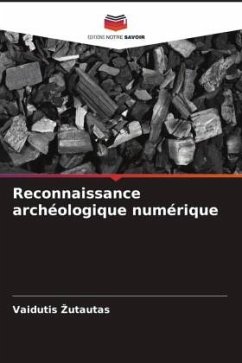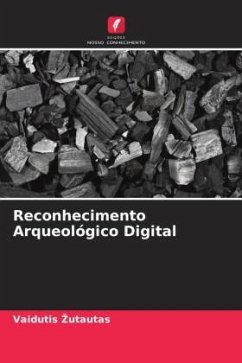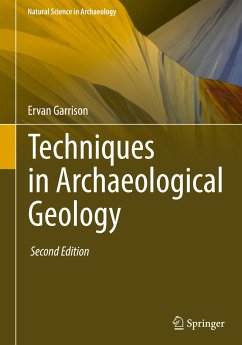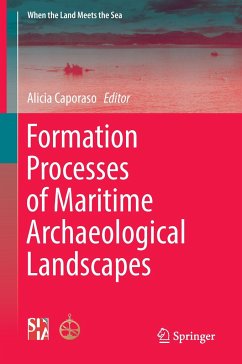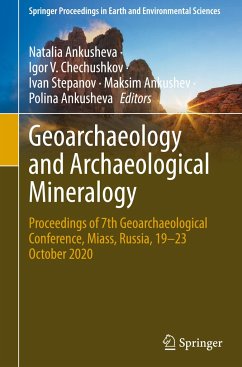
Digital Archaeological Reconnaissance
Charcoal Kiln Detection from LiDAR-derived DEMs Combining Morphometric Classification and Image Processing Techniques
Versandkostenfrei!
Versandfertig in 6-10 Tagen
24,99 €
inkl. MwSt.

PAYBACK Punkte
12 °P sammeln!
This book describes a unique method for the semi-automatic detection of historic charcoal production sites in LiDAR-derived digital elevation models. Intensified iron production in the early 17th century has remarkably influenced ways of how the land in Sweden was managed. Today, the abundance of charcoal kilns embedded in the landscape survives as cultural heritage monuments that testify about the scale forest management for charcoal production has contributed to the uprising iron manufacturing industry. An arbitrary selected study area south west of Gävle city served as an ideal testing gro...
This book describes a unique method for the semi-automatic detection of historic charcoal production sites in LiDAR-derived digital elevation models. Intensified iron production in the early 17th century has remarkably influenced ways of how the land in Sweden was managed. Today, the abundance of charcoal kilns embedded in the landscape survives as cultural heritage monuments that testify about the scale forest management for charcoal production has contributed to the uprising iron manufacturing industry. An arbitrary selected study area south west of Gävle city served as an ideal testing ground, which is known to consist of already registered as well as unsurveyed charcoal kiln sites. The proposed approach encompasses combined morphometric classification methods being subjected to analytical image processing, where an image that represents refined terrain morphology was segmented and further followed by Hough Circle transfer function applied in seeking to detect circular shapes that represent charcoal kilns. In spite of required continual fine-tuning, the described method can considerably facilitate mapping and overall management of cultural resources.




